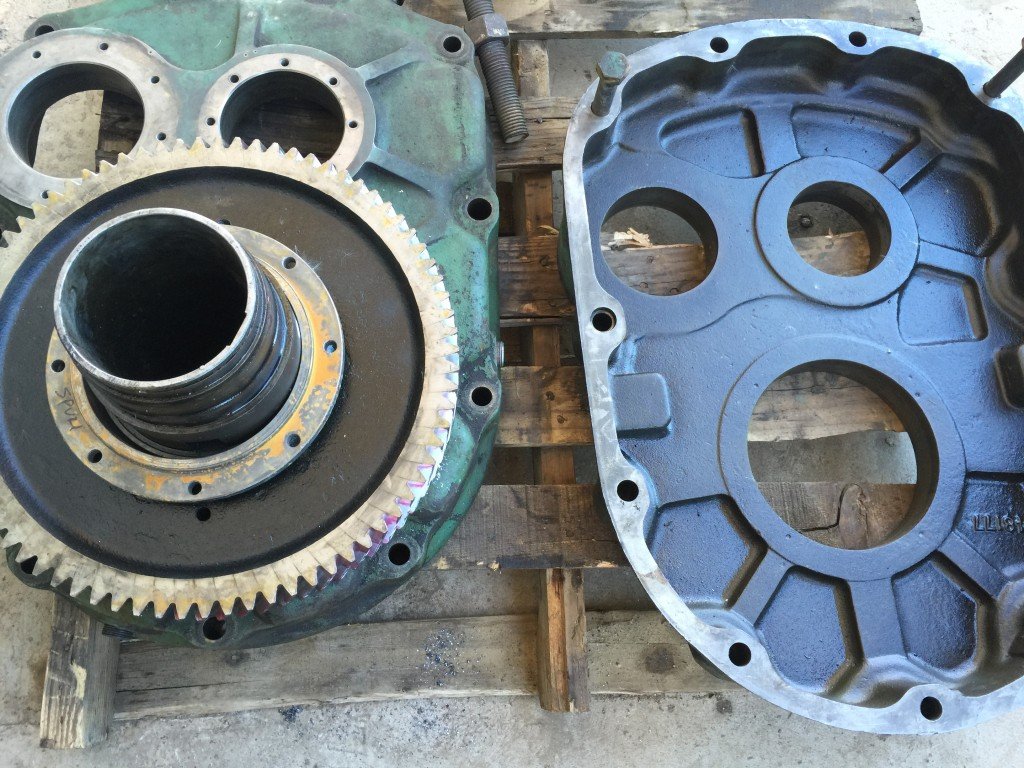Mobile:+86-311-808-126-83
Email:info@ydcastings.com
casting steel
Casting Steel An Overview of Its Process, Applications, and Benefits
Casting steel is a pivotal technique in modern manufacturing that involves the pouring of molten steel into molds to create various shapes and components. This process has been key in industries ranging from automotive to aerospace, machinery, and art. The significance of casting steel lies not only in its versatility but also in the wide range of physical properties it can achieve, making it a preferred choice for many applications.
The Casting Process
The casting of steel typically starts with the preparation of a mold. Molds can be made of different materials, such as sand, metal, or ceramic, depending on the intended application and properties required. The choice of mold material affects the final surface finish and dimensional accuracy of the cast piece.
Once the mold is prepared, scrap steel or specific steel alloys are melted in a furnace. Electric arc furnaces are commonly used for this purpose, as they provide precise temperature control and can handle a variety of steel grades. The molten steel is then poured into the mold, where it begins to cool and solidify.
Cooling rates can significantly influence the microstructure of the steel, affecting properties such as hardness, ductility, and tensile strength. After sufficient cooling, the mold is removed, revealing the cast component, which may require further finishing processes like machining, heat treatment, or surface treatment to meet exact specifications.
Applications of Casting Steel
Casting steel is employed in a vast array of applications. In the automotive industry, cast steel components, such as engine blocks, axle housings, and brake parts, are essential for vehicle functionality and durability. The aerospace sector relies on cast steel for critical components that must withstand high stress and temperature variations.
casting steel

Additionally, construction equipment often features cast steel parts due to their strength and resilience
. From crane booms to hydraulic cylinders, the ability to produce complex shapes with high strength-to-weight ratios makes casting steel indispensable in heavy machinery.Beyond industrial applications, artistic creations such as sculptures and decorative elements have also benefited from casting steel, showcasing its aesthetic and structural potential.
Benefits of Casting Steel
One of the primary advantages of casting steel is its ability to produce intricate shapes that would be challenging or impossible to fabricate through other means. This capability allows for more innovative designs and the consolidation of parts, ultimately reducing manufacturing costs and assembly time.
Another significant benefit is the material efficiency associated with steel casting. The process generates minimal waste, as excess material can often be recycled back into the melting process. This not only conserves resources but also contributes to a more sustainable manufacturing practice.
Moreover, cast steel components can be tailored to meet specific mechanical properties by adjusting the alloy composition and cooling rates during production. This flexibility allows engineers to match materials to the exact demands of their applications, leading to improved performance and longevity.
Conclusion
In conclusion, casting steel is a vital manufacturing process that plays a crucial role in multiple industries due to its adaptability, efficiency, and ability to produce high-quality components. As technologies evolve and the demand for complex and robust materials increases, the relevance of steel casting will likely continue to rise, further shaping the future of manufacturing. Whether for functional or artistic purposes, the unique properties afforded by casting steel ensure its lasting significance in the modern world.
-
Why Should You Invest in Superior Pump Castings for Your Equipment?NewsJun.09,2025
-
Unlock Performance Potential with Stainless Impellers and Aluminum End CapsNewsJun.09,2025
-
Revolutionize Your Machinery with Superior Cast Iron and Aluminum ComponentsNewsJun.09,2025
-
Revolutionize Fluid Dynamics with Premium Pump ComponentsNewsJun.09,2025
-
Optimizing Industrial Systems with Essential Valve ComponentsNewsJun.09,2025
-
Elevate Grid Efficiency with High-Precision Power CastingsNewsJun.09,2025











